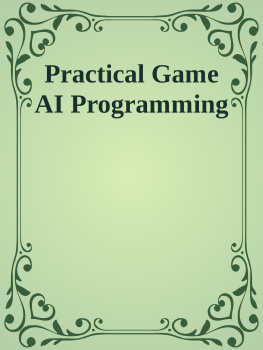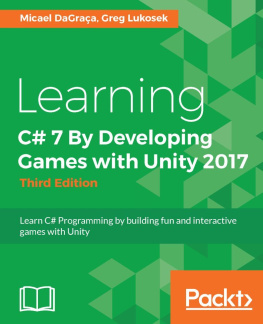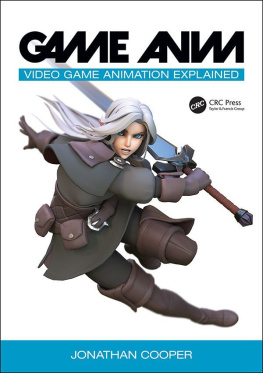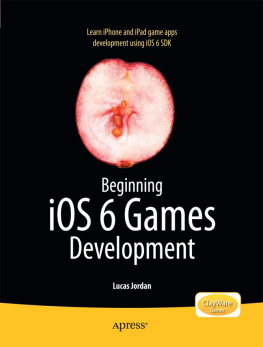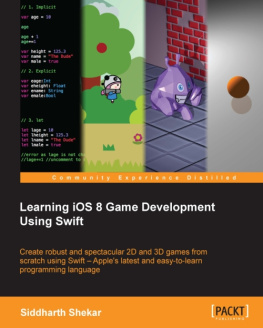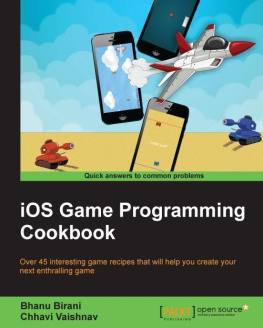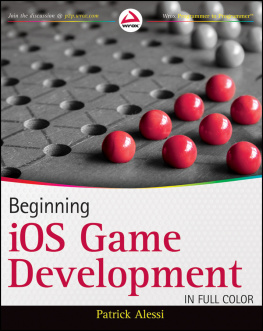Micael DaGraca - Practical Game AI Programming
Here you can read online Micael DaGraca - Practical Game AI Programming full text of the book (entire story) in english for free. Download pdf and epub, get meaning, cover and reviews about this ebook. year: 2017, publisher: Packt Publishing, genre: Romance novel. Description of the work, (preface) as well as reviews are available. Best literature library LitArk.com created for fans of good reading and offers a wide selection of genres:
Romance novel
Science fiction
Adventure
Detective
Science
History
Home and family
Prose
Art
Politics
Computer
Non-fiction
Religion
Business
Children
Humor
Choose a favorite category and find really read worthwhile books. Enjoy immersion in the world of imagination, feel the emotions of the characters or learn something new for yourself, make an fascinating discovery.
- Book:Practical Game AI Programming
- Author:
- Publisher:Packt Publishing
- Genre:
- Year:2017
- Rating:5 / 5
- Favourites:Add to favourites
- Your mark:
Practical Game AI Programming: summary, description and annotation
We offer to read an annotation, description, summary or preface (depends on what the author of the book "Practical Game AI Programming" wrote himself). If you haven't found the necessary information about the book — write in the comments, we will try to find it.
Jump into the world of Game AI development
About This Book- Move beyond using libraries to create smart game AI, and create your own AI projects from scratch
- Implement the latest algorithms for AI development and in-game interaction
- Customize your existing game AI and make it better and more efficient to improve your overall game performance
This book is for game developers with a basic knowledge of game development techniques and some basic programming techniques in C# or C++.
What You Will Learn- Get to know the basics of how to create different AI for different type of games
- Know what to do when something interferes with the AI choices and how the AI should behave if that happens
- Plan the interaction between the AI character and the environment using Smart Zones or Triggering Events
- Use animations correctly, blending one animation into another and rather than stopping one animation and starting another
- Calculate the best options for the AI to move using Pruning Strategies, Wall Distances, Map Preprocess Implementation, and Forced Neighbours
- Create Theta algorithms to the AI to find short and realistic looking paths
- Add many characters into the same scene and make them behave like a realistic crowd
The book starts with the basics examples of AI for different game genres and directly jumps into defining the probabilities and possibilities of the AI character to determine character movement. Next, youll learn how AI characters should behave within the environment created.
Moving on, youll explore how to work with animations. Youll also plan and create pruning strategies, and create Theta algorithms to find short and realistic looking game paths. Next, youll learn how the AI should behave when there is a lot of characters in the same scene.
Youll explore which methods and algorithms, such as possibility maps, Forward Chaining Plan, Rete Algorithm, Pruning Strategies, Wall Distances, and Map Preprocess Implementation should be used on different occasions. Youll discover how to overcome some limitations, and how to deliver a better experience to the player. By the end of the book, you think differently about AI.
Style and approachThe book has a step-by-step tutorial style approach. The algorithms are explained by implementing them in #.
Micael DaGraca: author's other books
Who wrote Practical Game AI Programming? Find out the surname, the name of the author of the book and a list of all author's works by series.

